Photography in Shannan Yongbulakang: Capturing Tibet’s Timeless Charm
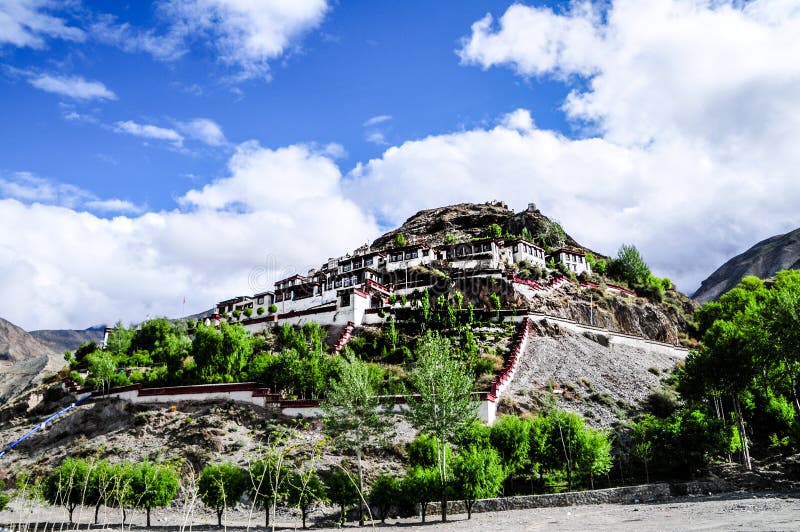
An Essential Guide to Visiting Shannan Yongbulakang
Nestled in the heart of Tibet’s Shannan region, Yungbulakang Palace stands as a testament to the rich tapestry of Tibetan history and culture. Often referred to as the cradle of Tibetan civilization, this ancient palace is perched majestically atop Mount Tashi Ci Ri, offering visitors not only a glimpse into a bygone era but also breathtaking panoramic views of the surrounding Yarlung Valley.
With its roots dating back over 2,000 years, Yungbulakang is steeped in legend; it is said to be the dwelling of Tibet’s first king, Niechi Zamp. The name itself, translating to “Palace of the Doe,” reflects both the natural beauty of the area and the spiritual significance of this site. As you ascend the winding stone steps leading to the palace, the vibrant colors of its ancient murals and the serene atmosphere envelop you, creating an experience that feels both sacred and profoundly personal.
Whether you are a history enthusiast, a lover of stunning landscapes, or simply seeking to immerse yourself in the spiritual essence of Tibet, a visit to Yungbulakang is not just a stop on your journey—it’s a pilgrimage to the very roots of Tibetan identity. Prepare to be captivated by the harmony of nature and culture, where every stone and statue whispers stories of resilience, reverence, and the enduring spirit of the Tibetan people.
In This Guide
- An Essential Guide to Visiting Shannan Yongbulakang
- The Rich History and Legends of Shannan Yongbulakang
- Main Highlights: What You Absolutely Can’t Miss
- Planning Your Visit: A Practical Guide
- Tickets: Prices, Booking, and Tips
- How to Get There: A Complete Transportation Guide
- Local Cuisine and Accommodation Nearby
- Frequently Asked Questions
- Final Thoughts on Your Trip
The Rich History and Legends of Shannan Yongbulakang
Nestled in the scenic Shannan region of Tibet, Yongbulakang Palace (also known as Yumbu Lakhang) is a historical gem that has captured the imagination of travelers and historians alike. This ancient palace holds a special place in Tibetan culture, revered as the first royal residence of the Tibetan kings and a significant site in the development of Tibetan Buddhism.
Dating back over 2,000 years, Yongbulakang is steeped in legend. The name itself is derived from the Tibetan words “Yongbu,” meaning “doe,” and “Lakang,” which translates to “temple.” This nomenclature is a nod to the nearby Tashi Ci Ri Mountain, whose silhouette resembles a doe. According to local folklore, the palace was built by the Tibetan king Niechi Zamp, making it a pivotal landmark in the history of the region.
The palace’s impressive architecture is characterized by a three-story structure that commands attention as it perches on the hillside. Its design features a fascinating blend of Buddhist elements and traditional Tibetan aesthetics. The first floor serves as an entrance hall adorned with intricate murals, while the upper levels house statues of revered figures such as the Three Buddhas, Princess Wencheng, and the Tibetan ministers Thunmi Sambhota and Lu Dongzan. These artful representations not only showcase the artistic prowess of the time but also reflect the deep spiritual significance associated with the site.
One of the most captivating aspects of Yongbulakang is its connection to the Gar Spring, located just northeast of Tashi Ci Ri Mountain. This perennial spring is believed by locals to have curative properties, drawing pilgrims and visitors who seek to purify themselves and heal ailments. The spring’s water has been cherished for centuries, further enhancing the sacred aura that envelops the palace.
Visitors to Yongbulakang will find that the journey to the palace is as rewarding as the destination itself. The ascent involves climbing a series of stone steps, leading to breathtaking panoramic views of the Yarlung Valley. The vibrant colors of the landscape, combined with the tranquility of the setting, create an unforgettable experience that resonates with the spiritual essence of Tibet.
Today, Yongbulakang stands not only as a historical monument but also as a testament to the rich tapestry of Tibetan culture. It has evolved from a royal residence to a revered Buddhist temple, attracting those who wish to immerse themselves in its storied past. For international travelers, a visit to Yongbulakang offers a unique glimpse into a civilization that has thrived for millennia, making it an essential stop on any journey through Tibet.
In exploring the legends and history of Yongbulakang, one is reminded of the timeless connection between nature, spirituality, and human endeavor—a narrative that continues to inspire and captivate all who venture to this remarkable site.
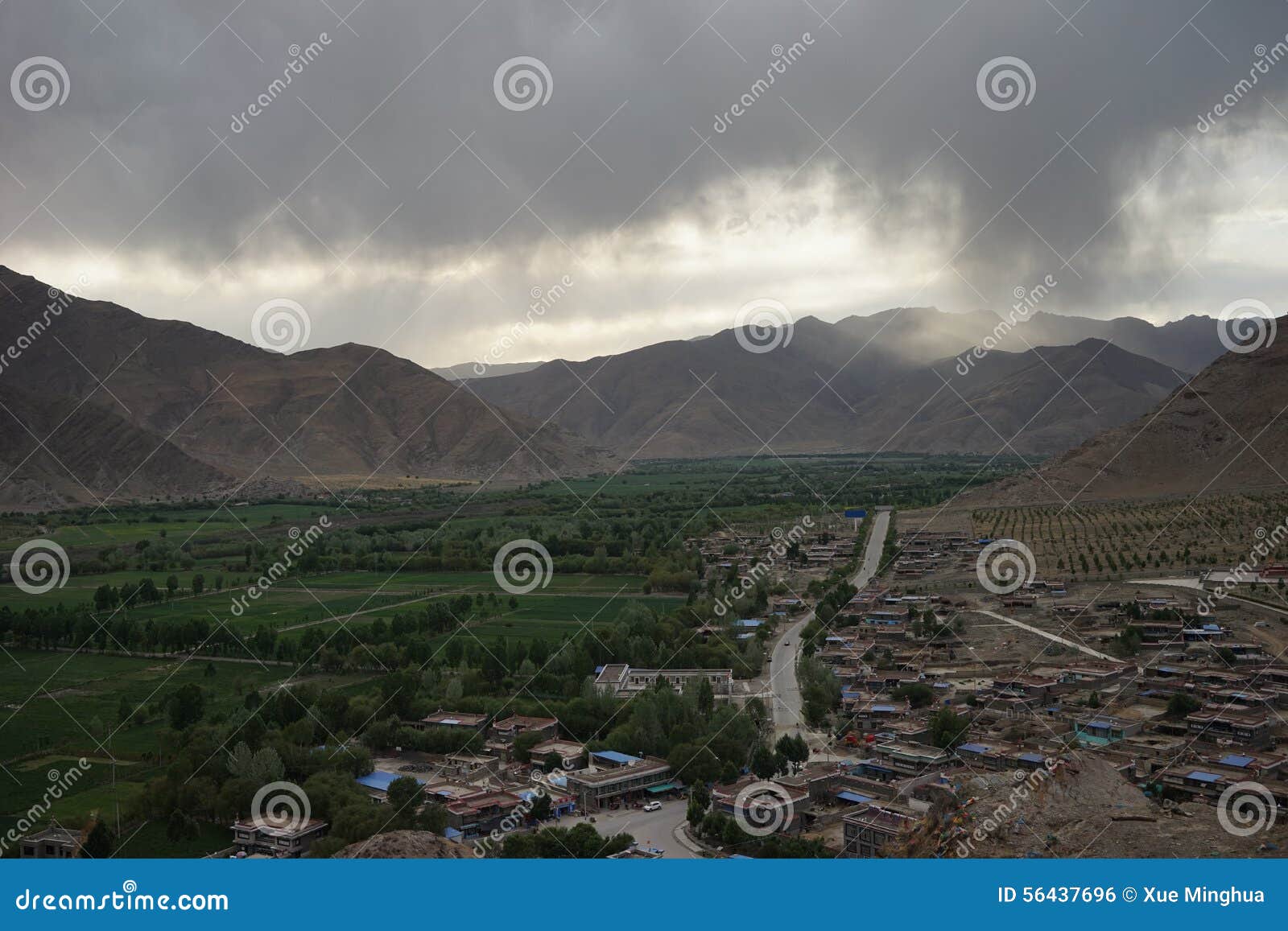
Shannan Yongbulakang.
Main Highlights: What You Absolutely Can’t Miss
When planning your visit to Shannan, Tibet, the Yungbulakang Palace (Yumbu Lakhang) stands out as an unmissable highlight. Here’s what you absolutely cannot overlook during your exploration of this historic site:
Yungbulakang Palace: A Glimpse into Tibetan History
Nestled atop Tashi Ci Ri Mountain, Yungbulakang Palace is not just a historical landmark; it’s a symbol of Tibetan culture and a testament to its rich heritage. As the first palace of the Tibetan kings, it dates back over 2,000 years, offering visitors a unique opportunity to step back in time.
Majestic Architecture
The palace is divided into two distinct sections, showcasing traditional Tibetan architectural styles. The front part features a three-story structure adorned with vibrant murals and intricate carvings. Climbing the stone steps leading to the entrance, you’ll find the Buddha Hall, where statues of the Three Buddhas and historical figures, including Princess Wencheng, are enshrined. The vividness and detail of these statues are sure to impress.
Breathtaking Views
The journey to Yungbulakang is as rewarding as the destination itself. The climb may require some effort, but the panoramic views of the Yarlung Valley are breathtaking. From the summit, you can gaze upon the sprawling landscapes of golden fields and distant mountains, making it a perfect spot for photography and reflection.
The Healing Gar Spring
Located just 400 meters northeast of the palace, the Gar Spring is an essential stop for many pilgrims. Renowned for its purported healing properties, this spring flows year-round and is said to cure ailments. Visitors often come to purify themselves with its waters, adding a spiritual dimension to your journey.
Serene Atmosphere
Despite its historical significance, Yungbulakang is often less crowded than other tourist hotspots, allowing for a peaceful visit. The calm environment enhances the spiritual ambiance, making it an ideal spot for contemplation and connection with nature.
Recommended Visit Duration
Plan to spend around three hours at Yungbulakang Palace. This allows ample time to explore the architectural features, enjoy the views, visit the Gar Spring, and absorb the profound historical and spiritual atmosphere.
Getting There
Yungbulakang Palace is conveniently located 11 kilometers southeast of Zedang Town in the Naidong District of Shannan City. Accessible by a short drive followed by a scenic hike, it’s a must-visit for anyone traveling in the region.
Conclusion
A visit to Yungbulakang Palace is more than just sightseeing; it’s an immersive experience into the heart of Tibetan culture and spirituality. Don’t miss this enchanting site when you find yourself in Shannan—its history, beauty, and serene ambiance await to captivate you.

Shannan Yongbulakang.
Planning Your Visit: A Practical Guide
Planning Your Visit: A Practical Guide to Shannan Yongbulakang (山南雍布拉康)
Visiting Shannan Yongbulakang, the historic Yumbu Lakhang, is a journey that transcends time, offering travelers a glimpse into the origins of Tibetan culture. Set against the backdrop of the breathtaking Yarlung Valley, this ancient palace promises an unforgettable experience. Here’s everything you need to know to make the most of your visit.
Getting There
Location:
Yumbu Lakhang is located approximately 11 kilometers southeast of Zedang Town in the Naidong District, Shannan City. The palace sits on the slopes of Tashi Ci Ri Mountain, easily accessible for those eager to explore its heights.
Transportation Options:
– By Car: Renting a car or hiring a taxi from Zedang is a convenient option that allows you to travel at your own pace.
– Public Transport: Local buses frequently run between Zedang and the palace, providing an affordable means of transport.
Best Time to Visit
The ideal time to visit Yongbulakang is during the spring (April to June) and autumn (September to November) months when the weather is mild and the skies are clear. Summers can be warm, while winters may bring snow, adding a magical touch to the landscape but potentially hindering access.
Entry Information
Admission Fee:
While specific fees may vary, be prepared for a small entry cost, which goes towards the maintenance and preservation of this historic site.
Opening Hours:
Yumbu Lakhang is typically open daily from 8:00 AM to 6:00 PM. Arriving early will help you avoid the crowds and experience the serene atmosphere of the palace.
What to Expect
Exploration Duration:
Allocate around 3 hours for your visit to fully appreciate the architecture, history, and stunning views.
The Climb:
Be ready for a bit of a workout! The ascent to the palace involves a series of stone steps that can be challenging but rewards hikers with breathtaking views of the Yarlung Valley. Take your time and enjoy the scenery along the way.
Palace Features:
Yumbu Lakhang consists of multiple levels, each rich in history:
– Entrance Hall: Enter through a captivating hall adorned with ancient murals and artifacts.
– Buddha Hall: Here, you’ll find statues of the Three Buddhas and various historical figures, including Princess Wencheng and Tibetan ministers, all crafted with exquisite detail.
– Second Floor: This area features a high-rise fortress watchtower, providing panoramic views of the area.
What to Bring
Essential Gear:
– Clothing: Dress in layers, as temperatures can fluctuate significantly. A warm jacket, sturdy shoes, and a hat are recommended.
– Sunscreen and Sunglasses: Protect yourself from the strong UV rays at high altitudes.
– Water and Snacks: Staying hydrated is crucial, especially during the climb. Bring some energy-boosting snacks to keep you going.
– Camera: Capture the stunning vistas and the intricate details of the palace.
Local Tips
- Altitude Awareness: Shannan is located at a high elevation, so be conscious of altitude sickness. Take it slow, hydrate, and consider acclimatizing in Lhasa before your visit.
- Cultural Respect: As you explore, remember this is a sacred site for many. Dress modestly and be respectful of the customs and traditions of the local Tibetan culture.
- Visit Gar Spring: Don’t miss the nearby Gar Spring, believed to have healing properties. It’s a popular spot for purification rituals among visitors.
Nearby Attractions
Consider extending your itinerary to explore other fascinating sites in the Shannan region, such as:
– Samye Monastery: The first Buddhist monastery in Tibet, rich in history and stunning architecture.
– Yarlung Tsangpo Grand Canyon: A breathtaking natural wonder offering spectacular views and hiking opportunities.
Final Thoughts
A visit to Shannan Yongbulakang is more than just a trip; it’s an immersion into the heart of Tibetan history and spirituality. With its rich cultural heritage and stunning natural beauty, you’ll leave with memories that last a lifetime. Pack your bags, lace up your hiking boots, and get ready for an adventure like no other!
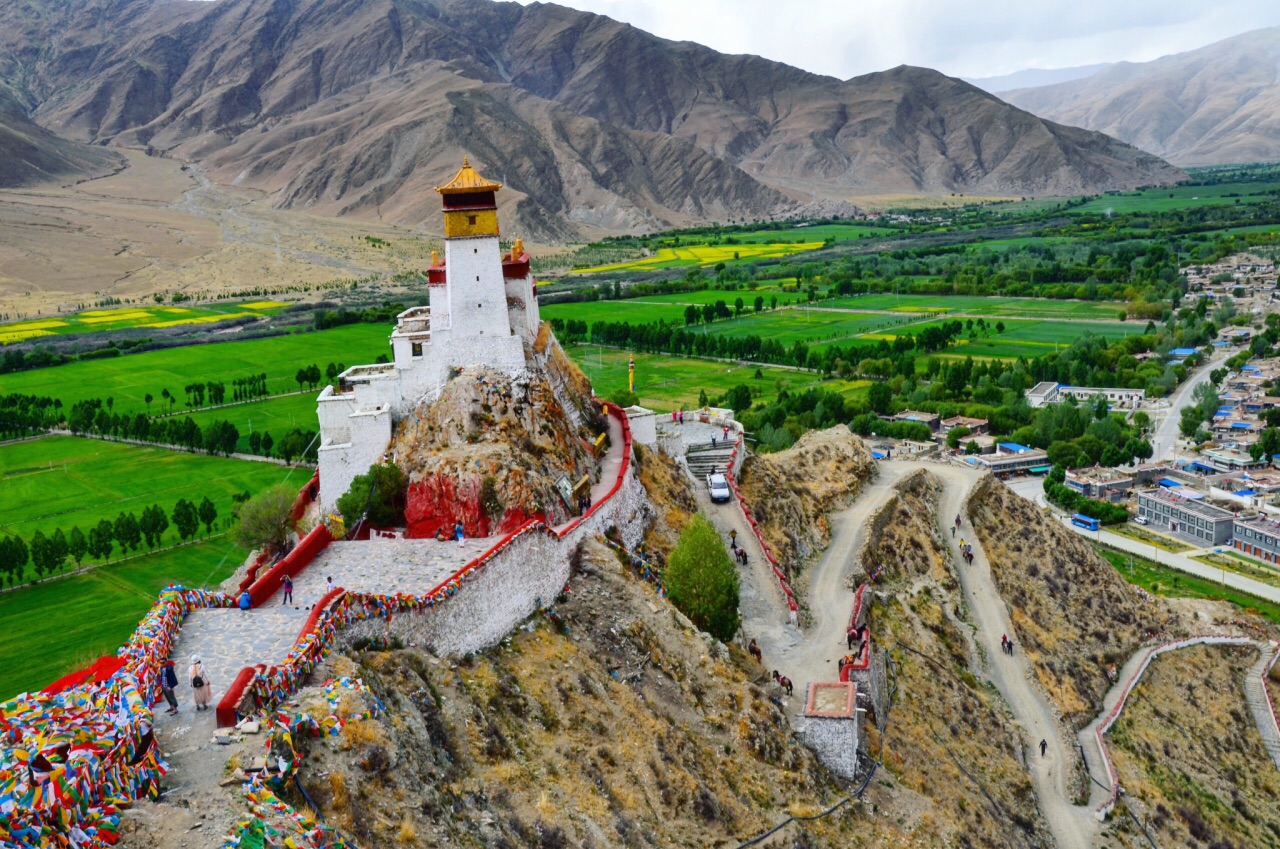
Shannan Yongbulakang.
Tickets: Prices, Booking, and Tips
When planning your visit to the majestic Yungbulakang Palace in Shannan, Tibet, understanding the ticketing process, pricing, and some insider tips can enhance your experience. Here’s what you need to know:
Ticket Prices
As of 2025, the entrance fee for Yungbulakang Palace is approximately ¥30 (CNY) for adults. Reduced rates may apply for students and seniors, so it’s worth checking for any available discounts at the ticket counter.
Booking Tickets
Tickets can be purchased on-site at the palace entrance. It’s advisable to arrive early in the day to avoid crowds, especially during peak tourist seasons, which typically include spring and summer months. For those traveling as part of a guided tour, your tour operator will usually handle all ticketing arrangements.
Tips for a Smooth Visit
-
Plan Your Timing: Allocate about 3 hours for your visit, which includes time for the climb and exploring the palace. Early mornings or late afternoons provide the best light for photography and a more serene experience.
-
Stay Hydrated: The altitude can be challenging, so bring plenty of water and snacks. The climb to the palace is rewarding, but it’s also a workout!
-
Check the Weather: Weather in Tibet can be unpredictable. Dress in layers and check the forecast before your visit to ensure you’re prepared for changes in temperature.
-
Respect the Culture: Yungbulakang is not only a historical site but also a sacred space. Be mindful of local customs and traditions, especially when in prayer areas.
-
Transportation: If you’re not on a guided tour, consider hiring a local taxi or arranging a car rental for easier access to the palace, as public transportation options can be limited.
-
Bring Your Camera: The stunning panoramic views of the Yarlung Valley from the palace and the intricate architecture within are must-see sights, so don’t forget your camera!
By keeping these details in mind, your visit to Yungbulakang Palace will not only be memorable but also seamless. Enjoy the rich history and breathtaking beauty of this iconic Tibetan landmark!
How to Get There: A Complete Transportation Guide
Reaching the mystical Yungbulakang Palace in Shannan, Tibet, is an adventure that sets the stage for an unforgettable journey. Nestled in the heart of the Yarlung Valley and steeped in over 2,000 years of history, this ancient site is well worth the effort to get there. Here’s how you can navigate your way to this extraordinary destination.
Getting to Shannan
By Air
The nearest airport to Shannan is Lhasa Gonggar Airport (LXA), located approximately 60 kilometers away from Zedang Town, the capital of Shannan Prefecture. Frequent flights from major cities in China, including Beijing, Shanghai, and Chengdu, make it relatively easy to reach Lhasa.
From Lhasa to Shannan:
– Airport Transfer: Upon arrival at the airport, you can hire a taxi or arrange for a private transfer to Zedang Town. Travel times vary, but expect around 1.5 hours.
– Scheduled Shuttle Services: Some hotels in Lhasa offer shuttle services to Shannan; check in advance for availability.
By Train
If you prefer scenic routes, consider taking a train to Lhasa from various parts of China. The Qinghai-Tibet Railway offers breathtaking views and a unique travel experience.
From Lhasa to Shannan:
– Train to Lhasa: Once in Lhasa, your next step is to travel to Shannan. Buses and shared taxis operate regularly from Lhasa to Zedang Town. The bus ride takes roughly 2.5 hours, while a shared taxi may cut that time down to around 1.5 hours.
By Road
Traveling by road offers flexibility and the chance to soak in the stunning landscapes of Tibet.
- Self-Drive: If you’re up for a road trip, renting a car in Lhasa is an option. Ensure you have an International Driving Permit and familiarize yourself with local driving regulations. The route from Lhasa to Shannan is scenic, with the Yarlung Tsangpo River as your companion along the way.
- Private Car Hire: For a more comfortable experience, consider hiring a private driver. This option allows you to stop along the way for photos and exploration.
Reaching Yungbulakang Palace
Once you arrive in Zedang Town, getting to Yungbulakang Palace, located about 11 kilometers southeast, can be accomplished in a few ways:
- Taxi: The simplest and most direct method is to hail a taxi from Zedang Town. The drive takes approximately 20 minutes.
- Local Buses: Check local schedules for bus routes that may take you to the palace area. This is a cost-effective option, but be prepared for less frequent service.
- Bicycle Rentals: For the adventurous, renting a bicycle can be a fun way to explore the area. The ride to Yungbulakang Palace offers beautiful views, although it’s advisable to be aware of your fitness level as the terrain can be challenging.
Final Tips
- Altitude Awareness: Shannan’s high altitude can affect travelers. If you’re not acclimatized, take it slow and stay hydrated.
- Travel Permits: Ensure you have the necessary Tibet Travel Permits (TTB Permit) before your journey, as these are required for entry into Tibet.
- Plan Ahead: Transportation options can vary seasonally, so it’s wise to check schedules and availability in advance, especially during peak tourist seasons.
With this comprehensive transportation guide, you’re ready to embark on your journey to the enchanting Yungbulakang Palace. Enjoy the stunning landscapes, rich history, and the spiritual atmosphere that make Shannan a must-visit destination in Tibet!
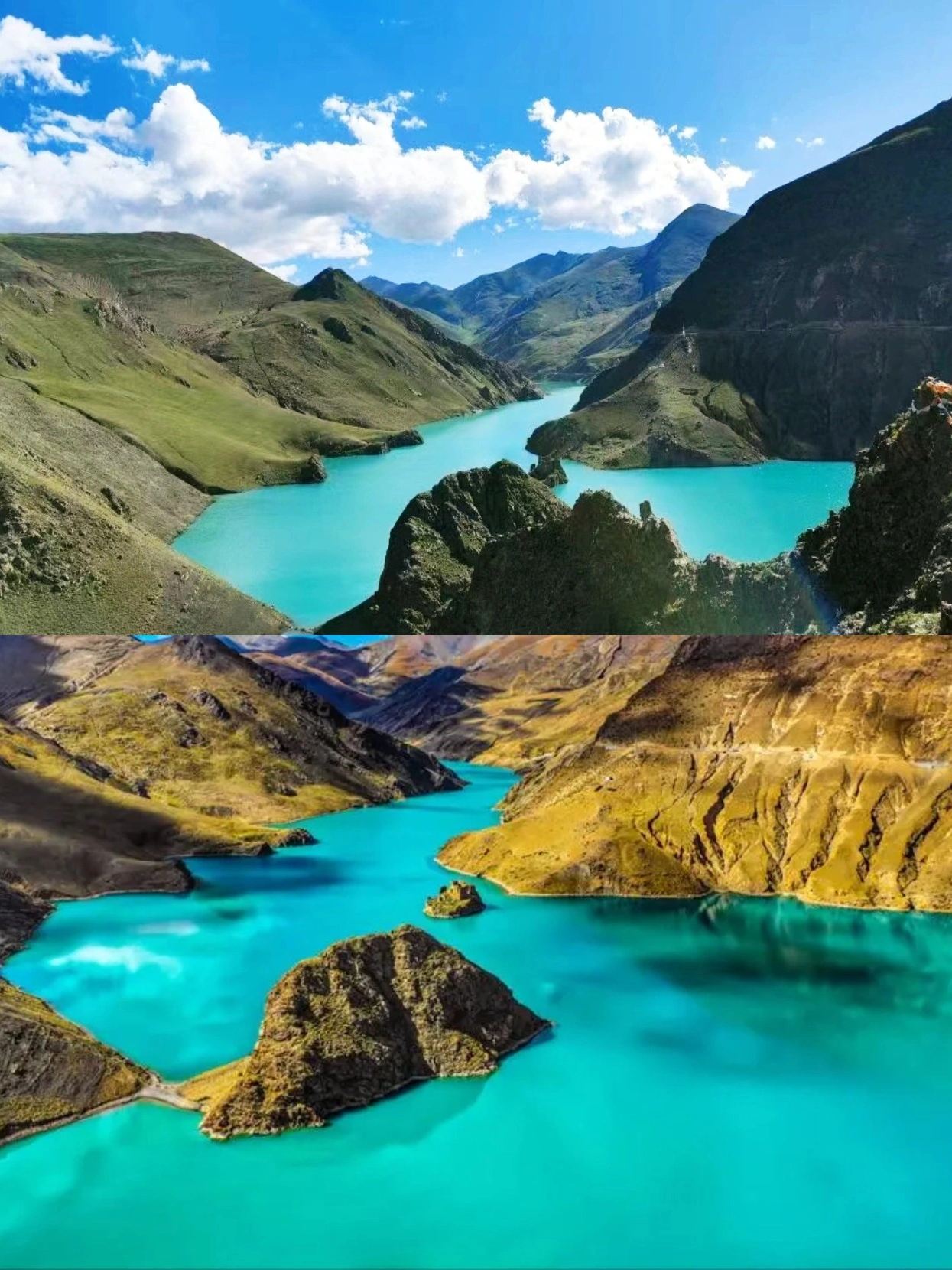
Shannan Yongbulakang.
Local Cuisine and Accommodation Nearby
When visiting the historic Yungbulakang Palace in Shannan, Tibet, sampling the local cuisine and finding comfortable accommodation can greatly enhance your travel experience. Here’s a guide to some of the best options available nearby.
Local Cuisine
Tibetan Thali
One of the best ways to immerse yourself in Tibetan culture is to indulge in a traditional Tibetan thali. This hearty meal typically includes tsampa (roasted barley flour), momos (steamed dumplings filled with meat or vegetables), and yak butter tea, which is both nourishing and energizing for the high-altitude climate. Many local restaurants near Yungbulakang serve this authentic dish, allowing you to savor the flavors of Tibet.
Noodle Soup (Laghman)
For a warming option, try laghman, a flavorful noodle soup that features hand-pulled noodles, vegetables, and sometimes meat. This dish is not only popular among locals but is also a comforting choice after a day of exploring the palace and surrounding landscapes.
Tibetan Yak Steak
For meat lovers, yak steak is a must-try. The yak is a staple of Tibetan agriculture, and the steaks are often grilled to perfection, served with spicy dipping sauces. Pair it with a side of potato pancakes for a delightful meal that captures the essence of Tibetan cuisine.
Local Bakeries
Don’t miss out on visiting local bakeries for a taste of Tibetan bread and sweet pastries. These treats are perfect for a quick snack as you explore the area or can complement your breakfast at your accommodation.
Accommodation Nearby
Yumbulagang Hotel
Located just a stone’s throw from Yungbulakang Palace, the Yumbulagang Hotel offers comfortable accommodations with stunning views of the palace and surrounding mountains. The hotel features cozy rooms adorned with traditional Tibetan decor, ensuring a culturally immersive experience. Guests can enjoy a complimentary breakfast featuring local dishes.
Shannan Grand Hotel
For those seeking a more luxurious stay, the Shannan Grand Hotel provides modern amenities along with breathtaking views of the Yarlung Valley. The hotel boasts a restaurant that serves both Tibetan and international cuisine, perfect for unwinding after a day of sightseeing. With spacious rooms and friendly staff, it’s an excellent choice for international travelers.
Tibetan Homestays
For a truly authentic experience, consider staying at a Tibetan homestay. These accommodations offer a unique opportunity to connect with local families and learn more about their way of life. Many homestays serve homemade meals, allowing you to enjoy genuine Tibetan hospitality while immersing yourself in the culture.
Conclusion
Exploring the culinary delights and accommodation options near Yungbulakang Palace can enrich your visit to this historic site. From traditional Tibetan dishes to comfortable stays that reflect the local culture, you’ll find plenty to enjoy as you delve into the enchanting region of Shannan. Whether you’re savoring a warm bowl of noodle soup or resting in a cozy hotel, your journey through Tibet will be unforgettable.
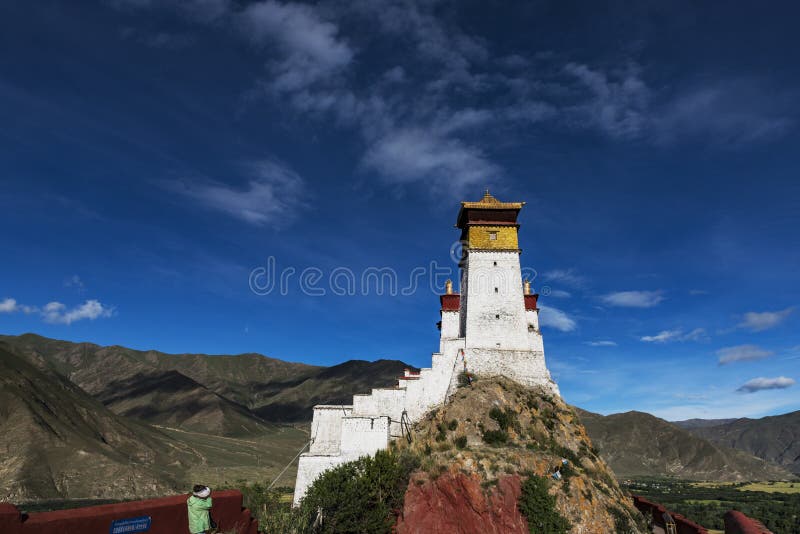
Shannan Yongbulakang.
Frequently Asked Questions
Frequently Asked Questions About Shannan Yongbulakang
-
What is Yongbulakang and why is it significant?
Yongbulakang, or Yumbu Lakhang, is the first palace in Tibetan history, located in Shannan, Tibet. It is believed to be the residence of Tibet’s first king, Niechi Zamp, and holds over 2,000 years of history. The site is not only of historical importance but also features stunning architecture and breathtaking views of the Yarlung Valley. -
How do I get to Yongbulakang?
Yongbulakang is situated approximately 11 kilometers southeast of Zedang Town in the Naidong District of Shannan City. You can reach it by taxi or a guided tour from Zedang. Ensure that your travel plans account for road conditions and altitude when planning your journey. -
What is the best time to visit Yongbulakang?
The best time to visit Yongbulakang is during the spring (April to June) and autumn (September to October). The weather is generally mild, making the climb more enjoyable and the scenery particularly beautiful with vibrant colors and clear skies. -
How long should I plan to spend at Yongbulakang?
A visit typically requires around 3 hours. This allows ample time to explore the palace, admire the intricate murals and statues, and soak in the stunning views from the site. -
What should I wear when visiting Yongbulakang?
Dress in layers, as temperatures can fluctuate significantly throughout the day. A good pair of walking shoes is essential for the climb, and don’t forget to bring a warm jacket, sunscreen, and a hat to protect against the sun at high altitudes. -
Are there any health considerations for visiting?
Given Yongbulakang’s altitude, travelers may experience symptoms of altitude sickness. It’s advisable to stay hydrated, move slowly, and consider bringing altitude medication. If you’re particularly sensitive, consult with a healthcare provider before your trip. -
What facilities are available at Yongbulakang?
While Yongbulakang is primarily a historical site, basic amenities such as rest areas may be available. It’s recommended to bring your own snacks and water, as dining options in the immediate vicinity are limited. -
Is Yongbulakang crowded with tourists?
Generally, Yongbulakang is less crowded compared to other Tibetan attractions, especially if you visit during off-peak hours. This allows for a more peaceful experience as you explore the palace and its surroundings.
Final Thoughts on Your Trip
As you wrap up your journey to Shannan and the enchanting Yungbulakang Palace, take a moment to reflect on the rich tapestry of history, culture, and breathtaking landscapes that have unfolded before you. This ancient palace, perched majestically atop Tashi Ci Ri, tells the story of Tibet’s first king and the roots of Tibetan civilization.
The climb, though challenging, rewards you with panoramic views of the Yarlung Valley, where golden fields stretch into the horizon and the air is imbued with a spiritual serenity that rejuvenates the soul. The vibrant colors and intricate murals within the palace walls resonate with tales of devotion and legacy, inviting you to connect deeply with the heart of Tibetan culture.
Whether you came seeking adventure, tranquility, or spiritual solace, Yungbulakang has surely left an indelible mark on your heart. As you depart from this magical land, carry with you not just memories, but a newfound appreciation for the beauty and resilience of Tibetan heritage. May your travels continue to inspire and enrich your life, leading you to new horizons and unforgettable experiences. Safe travels and until we meet again on your next adventure!